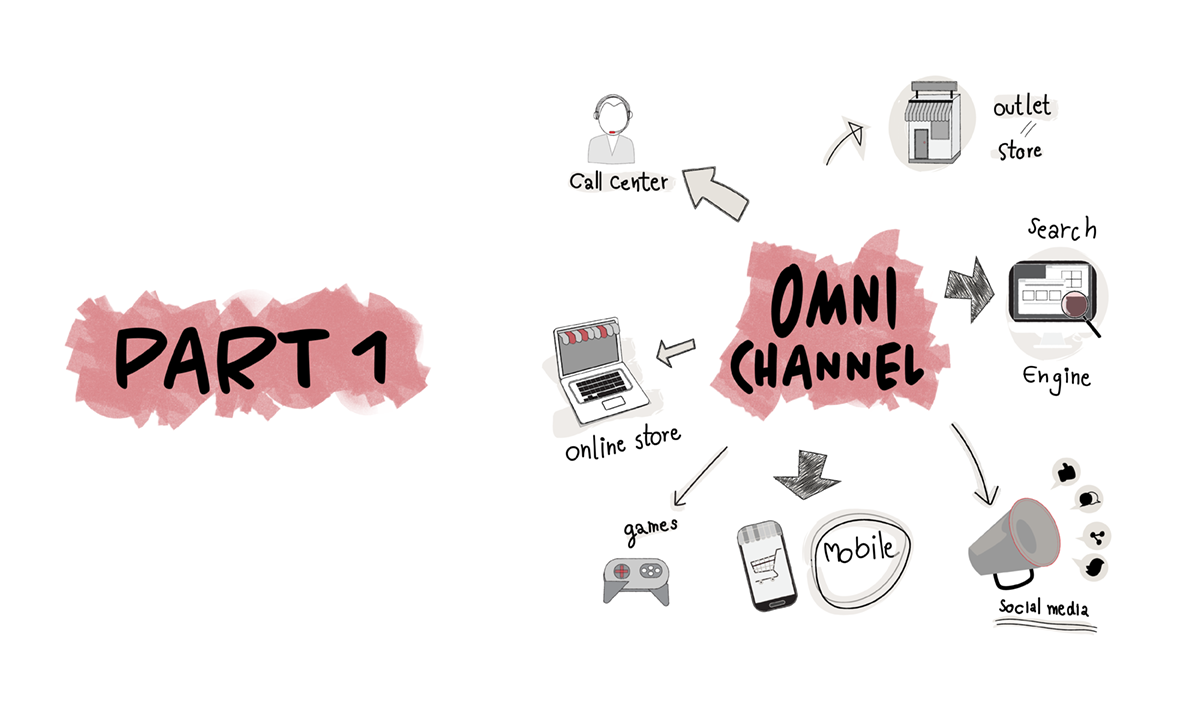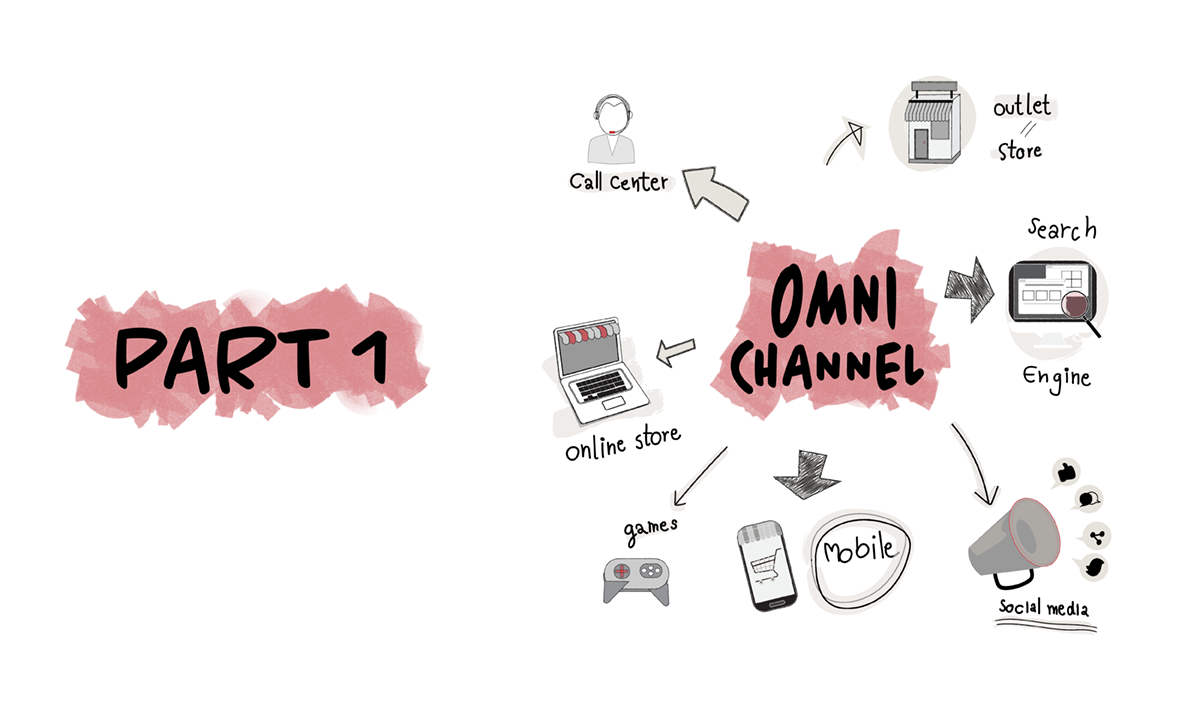Omnichannel Part 1: What is Omni Channel?


If you look up omni in the dictionary it has the following meaning: in all ways or places; everywhere; universal.From a retailing perspective, omnichannel means providing a consumer with a seamless shopping experience in the method that the consumer prefers.
Consumers want products now rather than later and it’s in retailers’ best interests to fulfill that need. Whether the consumer is in a bricks and mortar store, visiting the retailer’s web site or reading a product review, the retailer should engage the consumer to make the purchase.
This diagram illustrates the omni methods a retailer should make available to consumers. Different rationale will trigger a consumer to make a purchase through one method versus another. To succeed in the omnichannel world, retailers need to employ as many of these methods as possible.
Shopping cart. An online presence is mandatory for retailers to capture the attention of those who enjoy the convenience of shopping at home. New retailers that enter the marketplace already have a focus on selling online. Traditional retailers must build online stores to co-exist with their bricks and mortar stores.
Social media. Social media in itself is not a selling method, but it’s a huge influencer. It’s a form of advertising just like word of mouth. Receiving a positive product review on social media can lead to many orders being placed using one of the other methods. On the downside, a negative product review can hurt business.
Call center. Shoppers should always have the option to speak with a live person before or after a sale, especially for high value purchases. In a bricks and mortar store, a consumer can always talk to a salesperson. When selling online it should be the same. By making an 800-number available, the retailer can answer questions and take the order immediately.
Smart phone. Smart phones aren’t a selling method as much as they a medium, just like a tablet or a desktop computer. A retailer’s website and shopping cart need to be responsive which means it has to scale to the size of the consumer’s phone. If the text and images appear tiny on a smart phone, it means the retailer’s site is not responsive and consumers will get frustrated.
Other devices. Basically, anything that is connected to the Internet has the potential to trigger an order for a retailer. Gaming systems are a perfect example. If the target audience is young people who play video games, the retailer must make it easy to make purchases right from the gaming console without any hassle.
Store. Many people still like to shop in a bricks and mortar store. Traditional retailers shouldn’t close their doors and switch to only selling online. A combination of the two works well. However, a new retailer is unlikely to start leasing space in malls and will choose to sell online only.
In part 2 of this series I will describe how buying practices have changed through omnichannel.
Consumers want products now rather than later and it’s in retailers’ best interests to fulfill that need. Whether the consumer is in a bricks and mortar store, visiting the retailer’s web site or reading a product review, the retailer should engage the consumer to make the purchase.
This diagram illustrates the omni methods a retailer should make available to consumers. Different rationale will trigger a consumer to make a purchase through one method versus another. To succeed in the omnichannel world, retailers need to employ as many of these methods as possible.
Shopping cart. An online presence is mandatory for retailers to capture the attention of those who enjoy the convenience of shopping at home. New retailers that enter the marketplace already have a focus on selling online. Traditional retailers must build online stores to co-exist with their bricks and mortar stores.
Social media. Social media in itself is not a selling method, but it’s a huge influencer. It’s a form of advertising just like word of mouth. Receiving a positive product review on social media can lead to many orders being placed using one of the other methods. On the downside, a negative product review can hurt business.
Call center. Shoppers should always have the option to speak with a live person before or after a sale, especially for high value purchases. In a bricks and mortar store, a consumer can always talk to a salesperson. When selling online it should be the same. By making an 800-number available, the retailer can answer questions and take the order immediately.
Smart phone. Smart phones aren’t a selling method as much as they a medium, just like a tablet or a desktop computer. A retailer’s website and shopping cart need to be responsive which means it has to scale to the size of the consumer’s phone. If the text and images appear tiny on a smart phone, it means the retailer’s site is not responsive and consumers will get frustrated.
Other devices. Basically, anything that is connected to the Internet has the potential to trigger an order for a retailer. Gaming systems are a perfect example. If the target audience is young people who play video games, the retailer must make it easy to make purchases right from the gaming console without any hassle.
Store. Many people still like to shop in a bricks and mortar store. Traditional retailers shouldn’t close their doors and switch to only selling online. A combination of the two works well. However, a new retailer is unlikely to start leasing space in malls and will choose to sell online only.
In part 2 of this series I will describe how buying practices have changed through omnichannel.
See Part 2 - New Buying Practices
See Part 3 - Order Management
See Part 4 - Warehouse Management
See Part 5 - The Technology Burden for 3PLs
See Part 3 - Order Management
See Part 4 - Warehouse Management
See Part 5 - The Technology Burden for 3PLs
